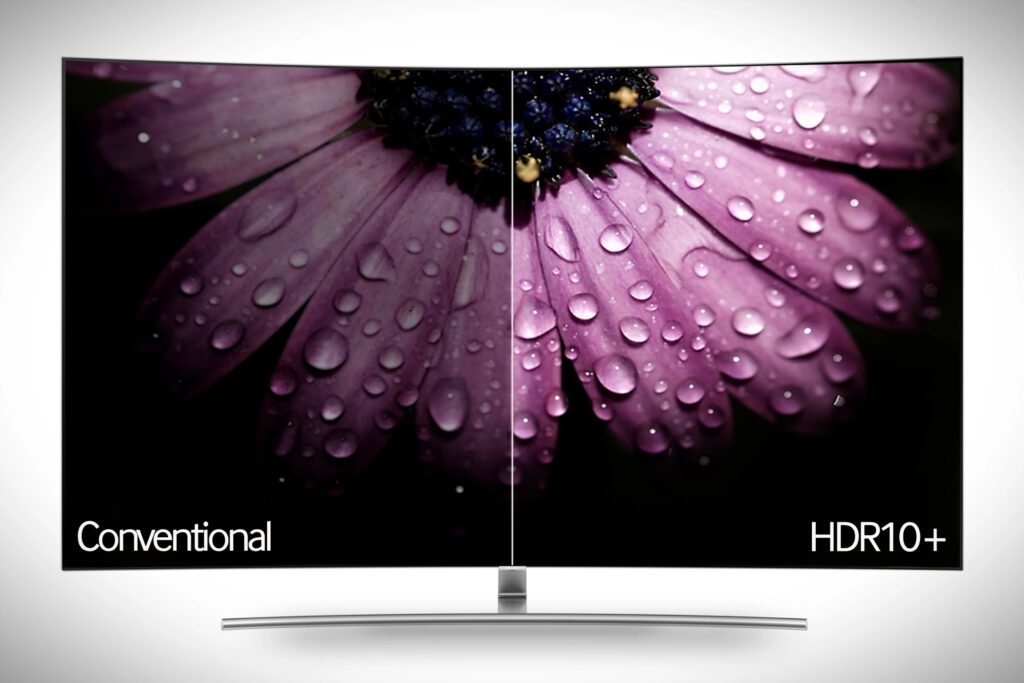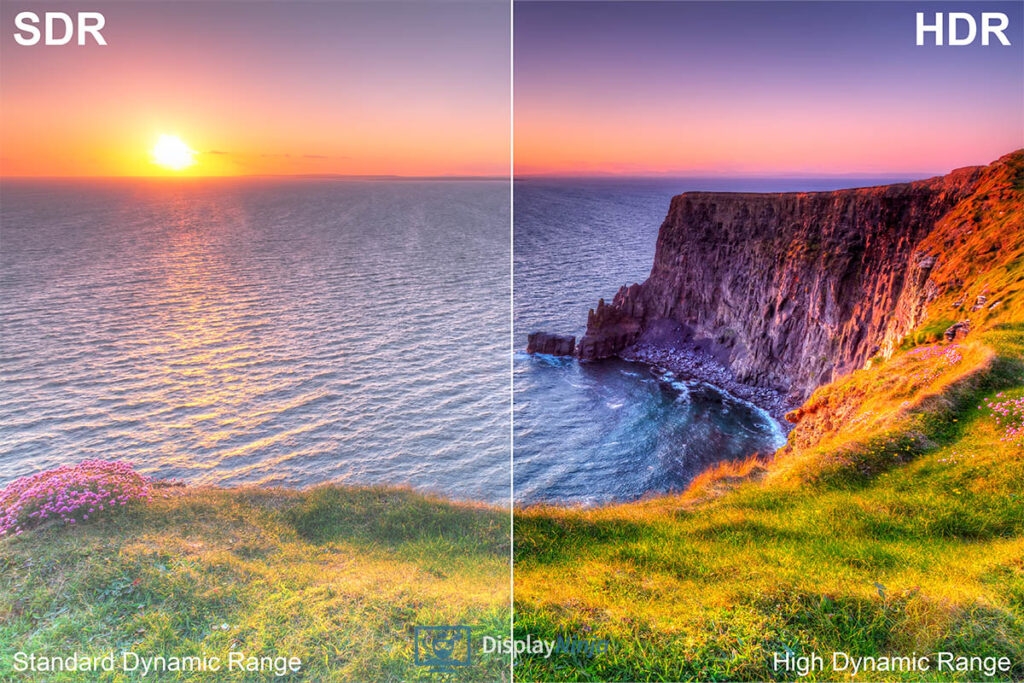New certifications and standards have evolved as HDR develops to guarantee top performance. Among these specs, HDR 10 and HDR 400 are two that are well-known, and each has its own special qualities and features. In this article, we will delve into the world of HDR 10 and HDR 400, dissecting their features and unraveling the differences between them. Whether you’re a tech enthusiast, a gamer, or a casual viewer looking to upgrade your visual experience, understanding the nuances of these HDR standards will help you make informed decisions when choosing a display or a device. So, let’s explore the realms of HDR 10 and HDR 400 to discover which one aligns better with your preferences and requirements.
HDR10 vs. HDR400: Which is Better for You?
What is HDR?
Understanding HDR technology is crucial before delving into the HDR10 vs. HDR400 differences. In order to capture information in both the deepest shadows and the brightest highlights, HDR strives to reproduce a wider range of colors and brightness levels. As a result, the visual experience becomes more lifelike and engaging, with a wider color spectrum and more contrast.
HDR10: The Standard Bearer
The most popular and well-supported HDR format across a variety of platforms and devices is HDR10. It establishes the standard for HDR content and guarantees compatibility with most HDR-capable devices. HDR10 material offers a substantial boost over standard dynamic range (SDR) content, although it does need a minimum peak brightness of 1,000 nits and a color depth of 10 bits.
Pros of HDR10:
Wide compatibility: The majority of HDR-capable devices, including televisions, monitors, and streaming services, are HDR10-compatible. An enhanced visual experience is provided by HDR10, which offers better brightness, contrast, and color accuracy for more vibrant and lifelike visuals. Widespread content accessibility: The HDR10 format is supported by a huge selection of HDR material, including games, movies, and TV shows.
Cons of HDR10
Limited dynamic range: HDR10 may not fully use the potential of high-end HDR displays due to its set brightness of 1,000 nits. Lack of precise calibration: Because HDR10 does not enable frame-by-frame information, optimizing graphics on a scene-by-scene basis is restricted.
HDR400: A Step Towards HDR on Affordable Displays
The Video Electronics Standards Association (VESA) has granted the HDR400 certification to signify a display’s capacity to attain a maximum brightness of 400 nits. It intends to offer HDR-like capabilities to less expensive displays that might not be able to comply with more stringent HDR standards.
Pros of HDR400
More affordable: Displays with HDR400 certification often cost less than those with higher HDR certifications, making HDR technology more widely available. Better contrast and color reproduction: HDR400 delivers superior dynamic range and color fidelity when compared to SDR video, although not as spectacular as higher-tier HDR formats. Widely accessible: A variety of products, including monitors, laptops, and gaming consoles, are equipped with HDR400 displays.
Cons of HDR400
Limited brightness: The viewing experience might be hampered by the 400-nit peak brightness’s tendency to fall short of higher-tier HDR formats in terms of visual impact. Lesser color depth: HDR400 frequently uses 8-bit color depth, which leads to a significantly smaller color palette and occasionally visible color banding.
Making the Best Decision
There are two separate High Dynamic Range (HDR) standards for displays: HDR10 and HDR400. The commonly used HDR10 standard allows brightness levels up to 1,000 nits. In comparison to displays with conventional dynamic range, it employs a 10-bit color depth and can create a broad spectrum of colors and higher contrast. TVs, monitors, and streaming services frequently use HDR10 in their products. On the other hand, VESA (Video Electronics Standards Association) produced the HDR400 certification. The maximum brightness that a display is capable of is 400 nits. In comparison to HDR10, HDR400 is a lesser level of certification, and it is frequently seen in entry-level HDR displays or those with constrained HDR capabilities. In conclusion, HDR10 offers a greater degree of HDR capability with a peak brightness of 1,000 nits and a broader color gamut, whereas HDR400 is a lower-level certification showing a peak brightness of 400 nits.
HDR10 vs. HDR100 Table of Differences
Wrapping it All
In conclusion, both HDR 10 and HDR 400 offer benefits and factors to take into account when comparing them. With a wide color gamut and high dynamic range for an improved viewing experience, HDR 10 is the industry standard. The increased peak brightness level of HDR 400, on the other hand, produces brighter highlights and better details in particular regions. The final decision between the two is determined by personal preferences, financial limitations, and the particular use case. Whether you value peak brightness more than color accuracy, it’s crucial to analyze your needs and weigh your alternatives before making a choice. Further Reading:
Why aren’t Windows 10 Users Upgrading to Windows 11? Thunderbolt vs. USB-C – What’s the Difference? What is Google My Activity? and How to Use it Effectively?

